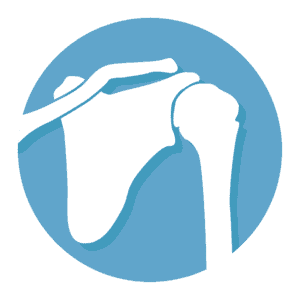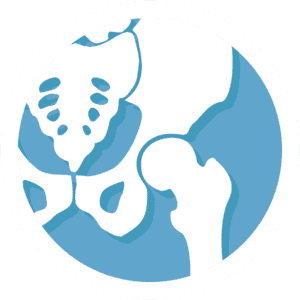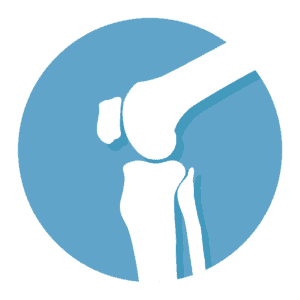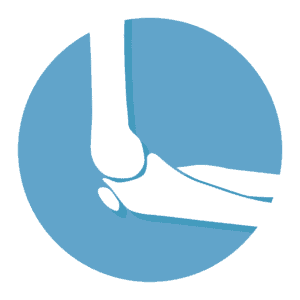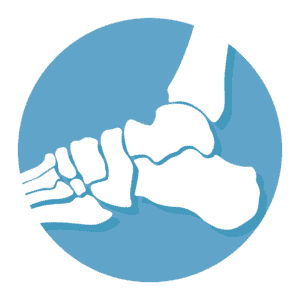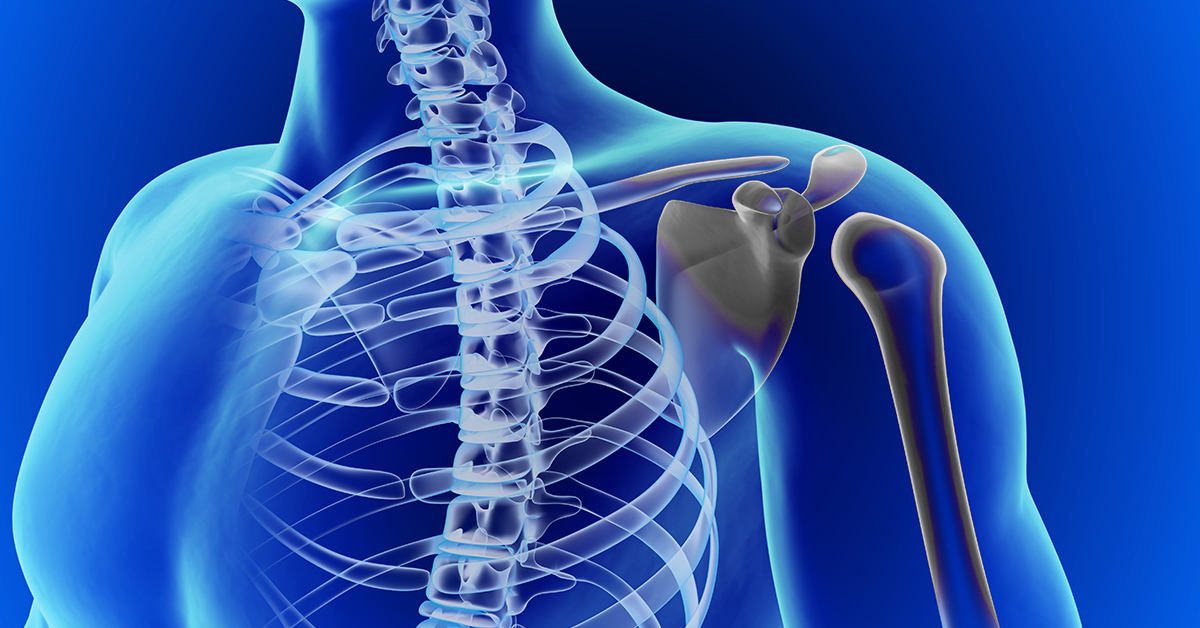
What is Total Shoulder Replacement?
The shoulder joint is a complex ball and socket joint that is comprised of the top end of the humerus, the clavicle and the scapula. Around the joint are a number of different muscles and tendons that form the rotator cuff. This rotator cuff stabilizes the shoulder joint during different movements. The shoulder joint is subject to a variety of stresses and injuries due to the different movements that it can perform.
Total shoulder replacement is a procedure where the entire shoulder joint is replaced with a prosthetic device. The head of the humerus is replaced by a metallic ball with a stem, while the socket of the scapula is replaced by a polyethylene plastic cup. The procedure is performed under general anesthesia.
Who needs Total Shoulder Replacement?
A total shoulder replacement is performed when there is extensive shoulder joint destruction caused by conditions such as osteoarthritis, rheumatoid arthritis or even severe trauma due to an injury or accident. It is offered as an option when medical treatment is of no benefit in ensuring recovery of the shoulder joint. The most common indication for considering the surgery is pain.
What are the steps in Total Shoulder Replacement?
Preparing for the Procedure
Prior to performing this procedure, consent is obtained from the patient and tests are performed to study the extent of damage in the shoulder joint. This will give the treating surgeon an idea as to the best way to approach the procedure and how to treat the joint. Certain medication may need to be stopped prior to the surgery. Your doctor will advise you as to which medications these are, as well as any other steps to take before the procedure to ensure the surgery is a success.
The procedure is usually performed under general anesthesia, although an additional local anesthetic may also be used. There are different ways the procedure can be performed. In a nutshell, the shoulder joint is exposed by the surgeon and the required parts of the shoulder joint that have been affected or damaged are removed. Replacement devices are then attached, and the wound is closed. The procedure can take a few hours to perform.
Removing the Humerus Head
Once the shoulder joint in exposed, the operating surgeon will remove the humerus head.
Reshaping the Glenoid
Once the humerus head is removed, the surgeon will use special tools to reshape and smooth the glenoid, which is the socket in which the humerus head normally rests in.
Attaching the Plastic Component
The surgeon will then use bone cement to place the new plastic glenoid component.
Hollowing Out the Bone
Once the plastic component has been placed, the operating surgeon will prepare a space for the metal implant by hollowing out a section of the upper humerus.
Implanting the Metal Stem
Once the space has been prepared for it, a metal stem is implanted in the hollow space by the surgeon. Bone cement may be used to hold the implant in place.
Attaching the Metal Head
After the surgeon implants the metal stem, a metal ball is attached to the the top of them stem. This ball acts as the humeral head in the new, artificial shoulder joint. It is made to fit in the plastic glenoid component in a manner that allows secure movement, much like a healthy humeral head fits in a healthy glenoid socket.
Ending the Procedure
Once all components have been placed, they are joined together to create the patient's new shoulder joint.
After Surgery
After the procedure, the patient is observed for a period of time. Pain control medication will be offered. Physical therapists will work with patients to devise a plan that will allow increasing movement of the shoulder joint over time. Patients are recommended to look after their shoulder joint as meticulously as possible to prevent any infection from occurring. This should be continued until the wound has healed completely. After discharge, patients will be followed up in the outpatient department fairly regularly for the first few months. These follow up visits will be scheduled less often once the patient's movements are back to normal.
Avoid driving for up to four weeks after surgery. Having undergone total shoulder replacement, patients are advised not to perform certain movements that may place the shoulder under stress. This can include attempting to lift oneself off a chair, participating in contact sports, stretching out the arm in odd positions, and any exercising the arm over and above what is recommended by the physical therapist.
The risks of surgery include bleeding and bruising at the site of surgery, infection and reaction to the general anesthetic. Damage may occur to nearby nerves. The prosthetic device may become loose over time. These risks are rare but worth noting.

